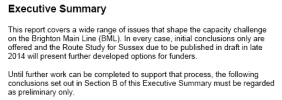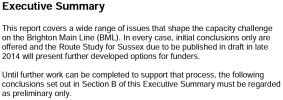If the BR transition era can be considered as running approximately from 1957 up until 1968, which year would it be fair to mark as the real watershed moment where more top flight expresses were operated by diesels than steam locos? Would I be right to say 1962?
And for the years prior to crossover (let's say 1958-62) what did diesel diagrams look like on what would become the main intercity trunk routes?
And for the years prior to crossover (let's say 1958-62) what did diesel diagrams look like on what would become the main intercity trunk routes?


